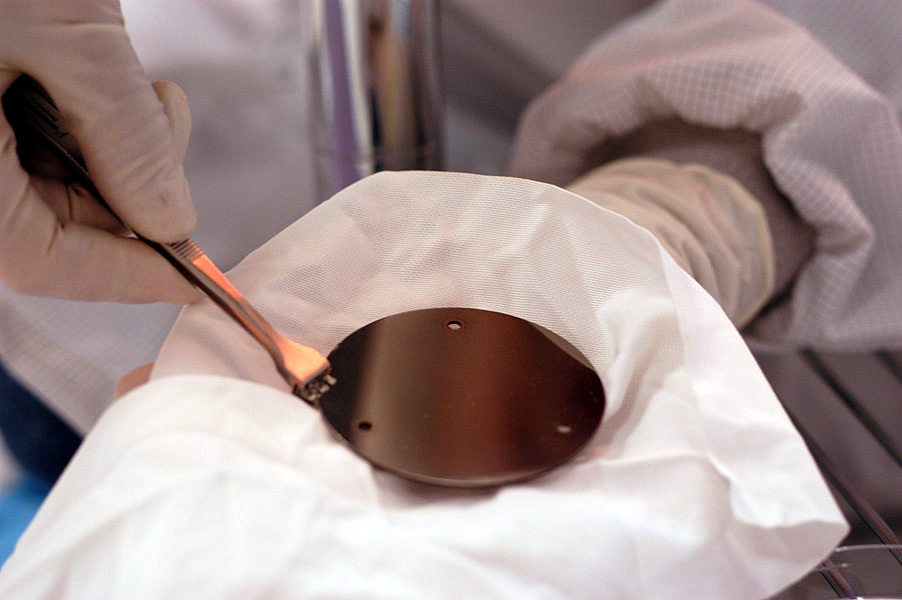Scientists reportedly created a new metallic glass that is said to be lighter and stronger than steel.
A team of researchers from the Department of Energy’s SLAC National Accelerator Laboratory, the National Institute of Standards and Technology (NIST), and the Northwestern University developed a new technique that may make it easier to screen and discover metallic glass.
According to reports, the new system uses a combination of artificial intelligence and experimentation methods. This allowed the researchers to discover three new blends of ingredients that form metallic glass around 200 times faster than before.
Blending two to three metals together produces an alloy with atoms that can arrange in a rigid geometric figure. This kind of alloy often looks and acts like a metal. However, there are unique instances when the combination results in an entirely new alloy referred to as metallic glass.
Read More: Japan’s Newly Found Rare Earth Mineral Deposits to Last Centuries
With the help of the new technique and system developed by the researchers, the process of screening sample materials that could potentially create this alloy will be much quicker.
“It typically takes a decade or two to get a material from discovery to commercial use,” Chris Wolverton, a professor of Materials Science and Engineering at the Northwestern’s McCormick School of Engineering, said.
“This is a big step in trying to squeeze that time down. You could start out with nothing more than a list of properties you want in a material and, using AI, quickly narrow the huge field of potential materials to a few good candidates.”
The researchers are aiming to scan hundreds of sample materials and get quick results using their machine learning models with another set of samples available that the team could test in an hour.
“The unique thing we have done is to rapidly verify our predictions with experimental measurements and then repeatedly cycle the results back into the next round of machine learning and experiments,” Apurva Mehta, a researcher from SSRL, said.
“With these automated systems we can analyze more than 2,000 samples per day,” Fang Ren, the study’s lead author, said in a separate statement.
During the third part of the experiment, the researcher’s success rate in finding metallic glass reportedly increased from one out of 300 or 400 to one out of two to three samples tested.
You can find the study in the journal Science Advances.



















Comments (0)
Most Recent